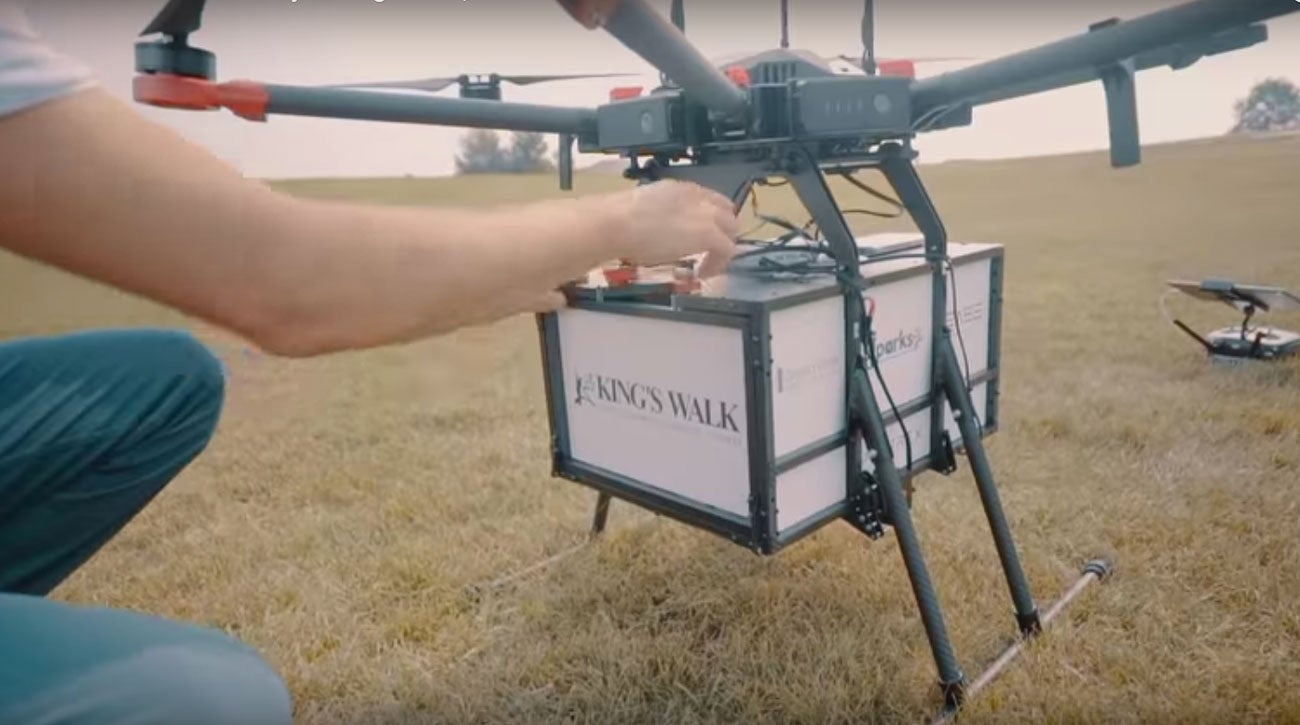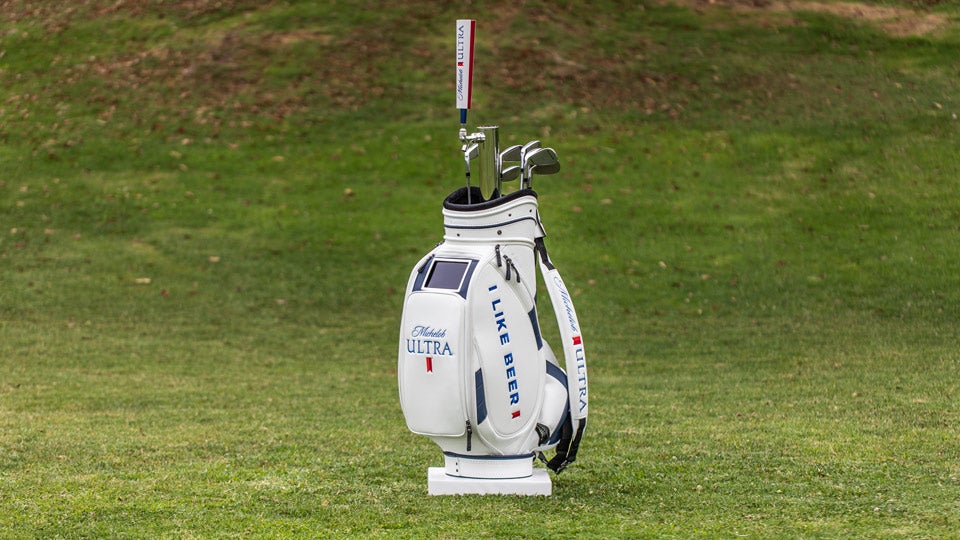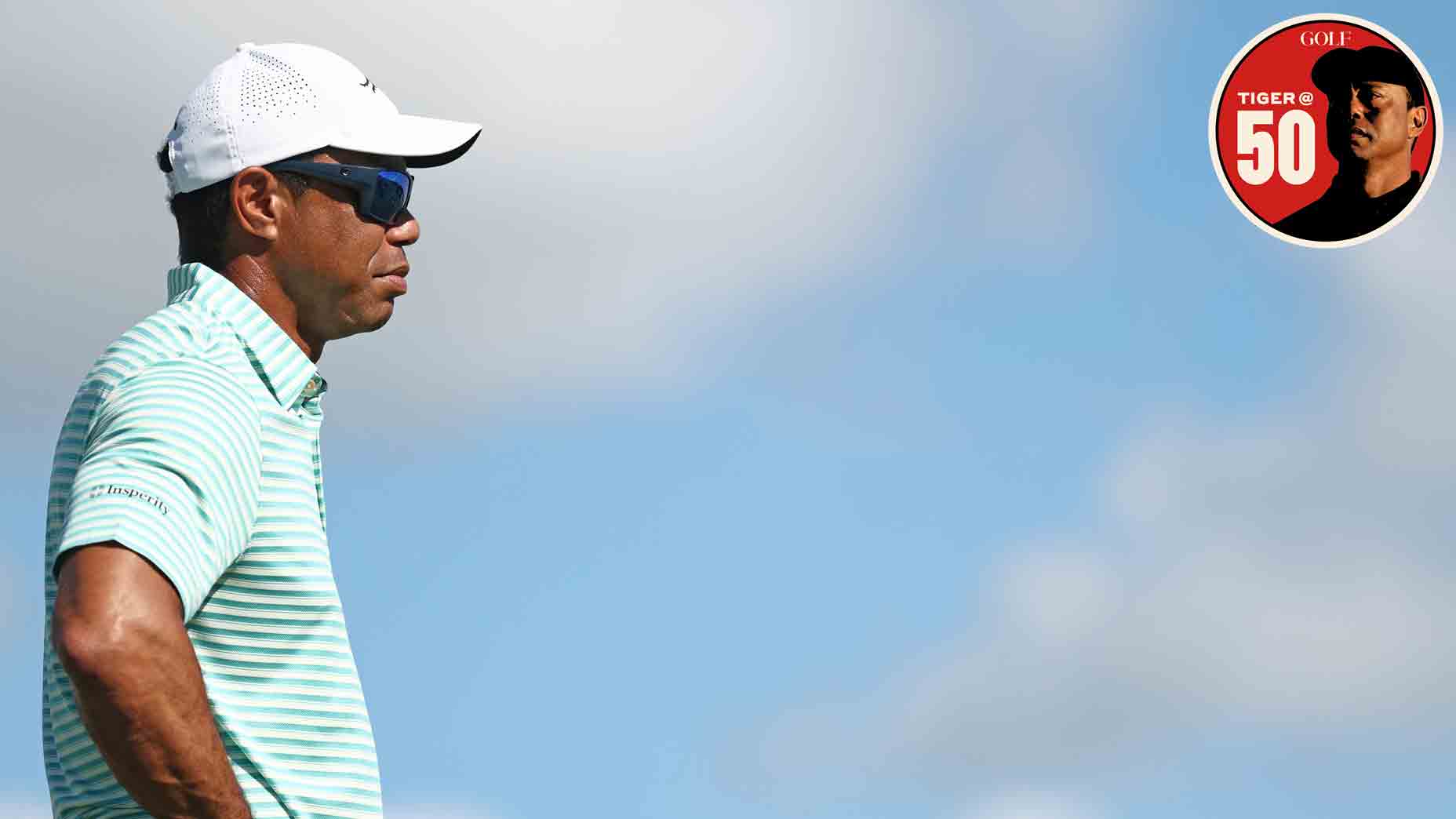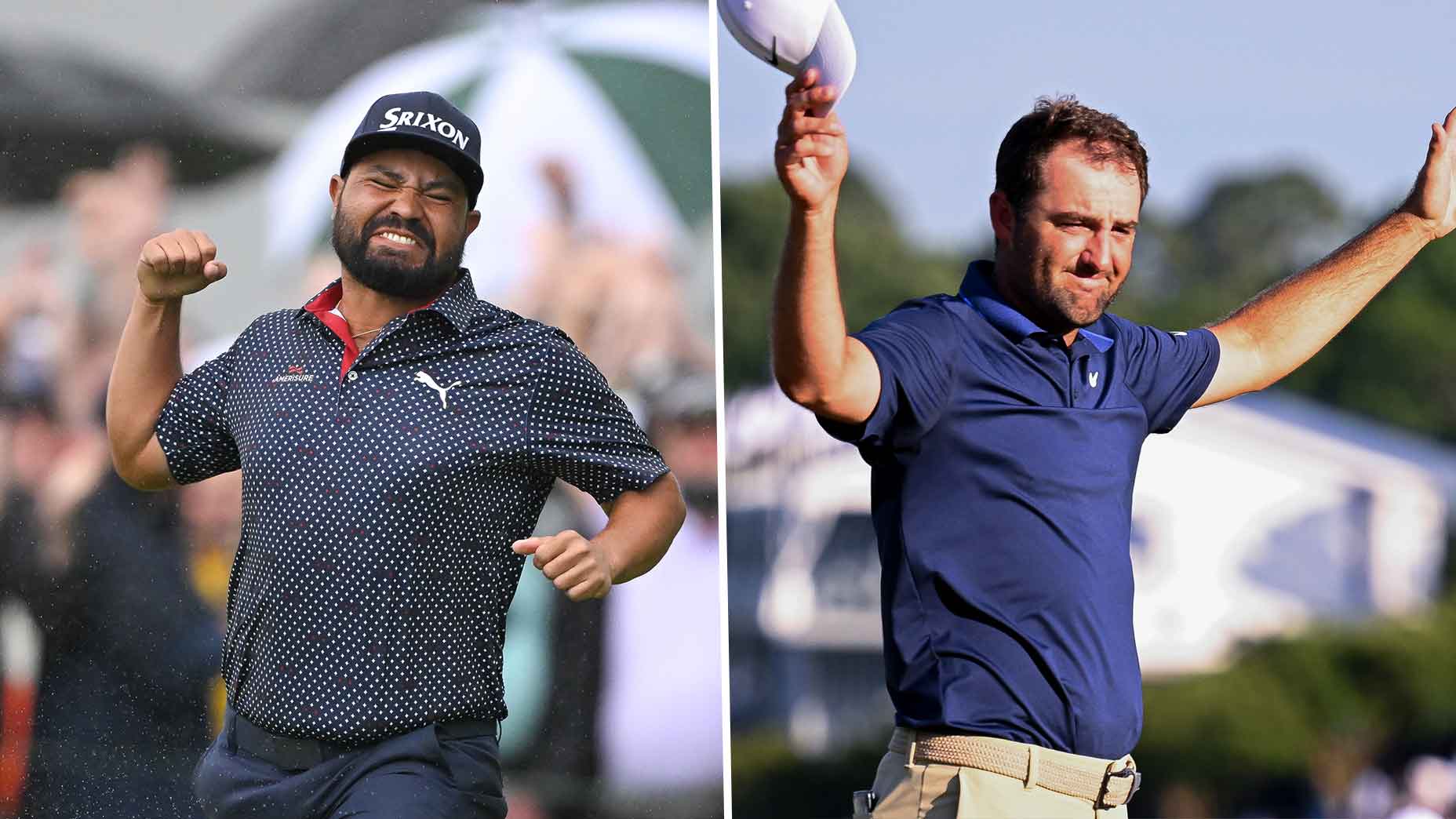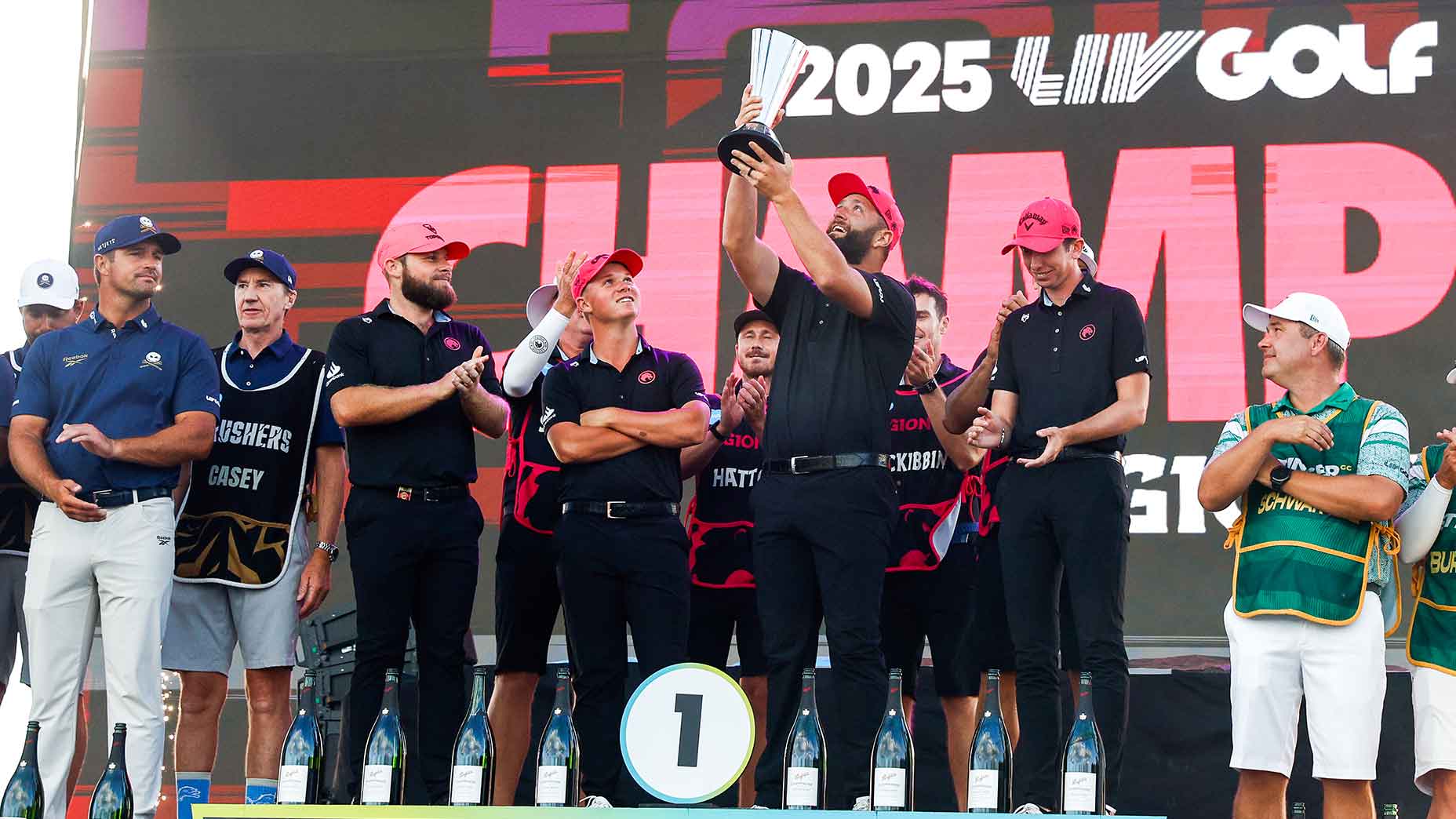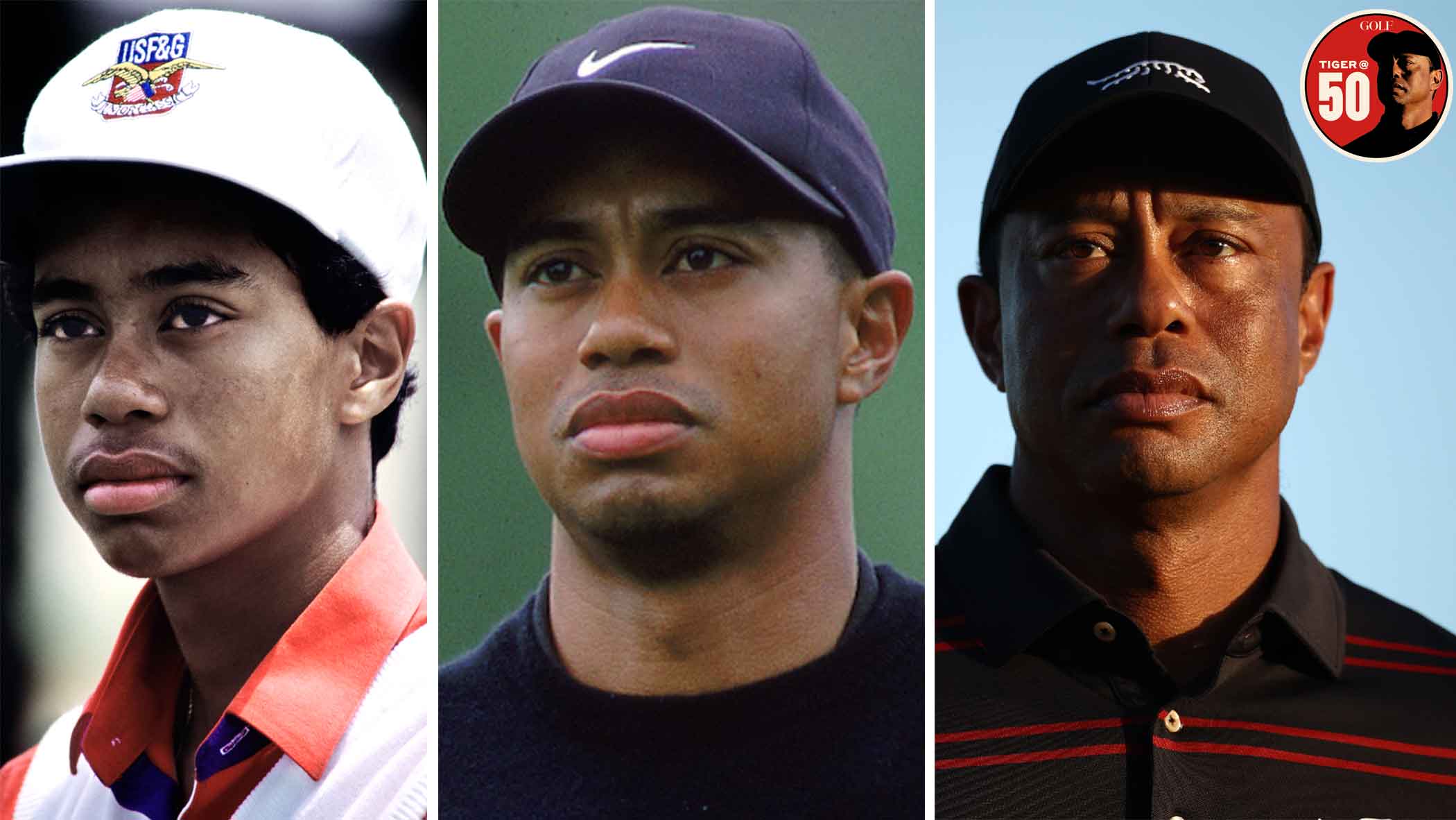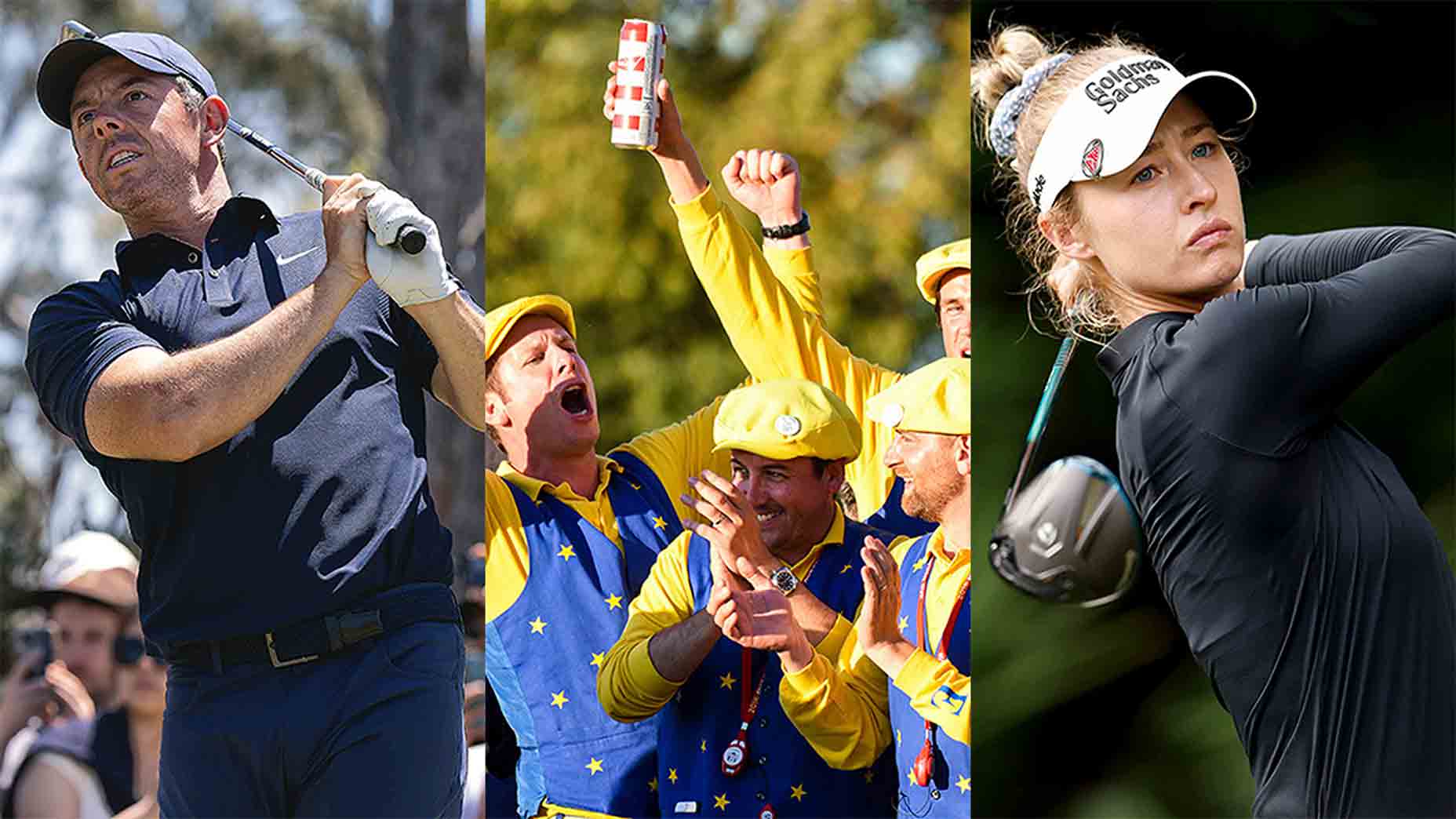Not five minutes ago I opened a can of beer and dumped its contents into the kitchen sink. Sacrilege, you might say, or criminally stupid. It was an IPA, and if we’re being honest with each other — and why shouldn’t we be — I like IPAs very much less than the frequent and crippling gas attacks unleashed by Churchill, my dog who is 163 human years old. I then took a penknife, sliced the can in two across its belly, and measured its diameter — a little more than 2.5 inches. (Yes, I could have Googled this, but why deprive my wife of yet another opportunity to gaze in astonishment upon her favorite idiot.)
The goal of our game is to golf your ball into a hole 4.25 inches in diameter. But is that why you play the game? If so — and remember, we’re being honest with each other — you are likely very dull company on the course. It is satisfying to card a low score, but no number, no matter how small, endows us with the sense of human fulfillment derived from a round played with dear friends and cold beer. The research conducted in my kitchen has established for the first time in history that golf and beer are inextricably and universally conjoined: Beer cans and golf holes each have a diameter that comfortably accommodates a golf ball (1.68 inches), both are round, and well, QED. Nobel committee, you know where to find me.
Standard-issue American beer is found lacking by most people outside the U.S. and many young people within it, primarily because it lacks robust flavor. However, the lack of overpowering taste and a watery nature are exactly why iconic American beers provide unparalleled refreshment and are an unrivaled accompaniment to golf on a warm day. They chill quickly when chilled properly, and a can of the stuff, covered in ice barnacles, is a visual pheromone.
During a high school match in the early 1980s, my teammate and I were offered frosty cans of Miller High Life by our two opponents. The beer was on ice in plastic bags, which in turn rested inside the rather larger golf bags of the era. I do not condone such behavior by teenagers unless I am one of them, and we four merrily shared the nectar. We were strangers to our opponents, who revealed themselves to be pranksters, and ones who were not overly fond of their teammates playing behind us. On each hole, after one or the other of them went through the motions of returning the flagstick to the hole, the stick and flag were instead jammed into the ground at a random spot next to the green, and nowhere near the target. That’s not cricket, you might say, and it was unquestionably against the spirit of competition — but it was also hilarious to watch. Not coincidentally, I am still acquainted with one of our opponents from that day nearly 40 years distant.
It’s hardly news that the proliferation of fancy imports and high-alcohol-volume craft beer, such as the IPA I deposited in the drain (a leftover from holiday visitor provisioning), and a growing preference for wine and spirits has the U.S. beers that go best with golf — Coors Light, Bud Light, Miller Lite, PBR, et al — on their back foot. Overall sales of the standard bearers are down, but a quick check with chums of all ages in Southern California, Austin, Philly and Orlando indicates that basic U.S. beers and a sampling of Mexican beers still rule the greens, whether golfers are packing their own or purchasing from the on-course beer cart (along with coolers attached to
carts, the most meaningful golf innovation in my lifetime).
Still curious, I checked beeradvocate.com, and noted a query from a young fellow seeking recommendations for a beer to take along on his father’s annual golf trip. Beer Advocate, which has the motto “Respect Beer” trademarked, and its audience are, as you might imagine, quite more serious about beer than most of us. Many responses suggested All Day IPAs for their lower alcohol volume, better perhaps to delay the onset of catatonia. The first answer posted in the forum, however, was poetic: “There’s a time and a place for Coors Light.”
Too right, sir! One such time and place was the 1992 U.S. Open at Pebble Beach. One of my best boys, Bates, hitched a ride to Pebble with me on a private plane (a story for another day). Late in the final round, most spectators began drifting toward Tom Kite as he played his way to the house and the championship. I recognized we had two options: join the great mass straining to see a man in a red sweater hit a few shots, or grab two cold ones, walk away from the action and enjoy the solitude and beauty of the abandoned bulk of the course. Minutes later, we sat in empty bleachers facing the vast Pacific. We drank, and laughed at whatever struck us funny, including this: That morning, Bates had walked into a shoe store wearing only socks. He’d only had the shoes on his feet when we arrived in Carmel, and they were pilfered on Saturday night when he left them near the street prior to a stroll on the beach. As we sipped our beer, Bates said, “You think they knew they had an easy sale when I walked in?”
As the roars grew louder we laughed longer, and I wouldn’t trade that moment with my huckleberry friend, or the memory of it, to see any golfer hit any shot, ever.
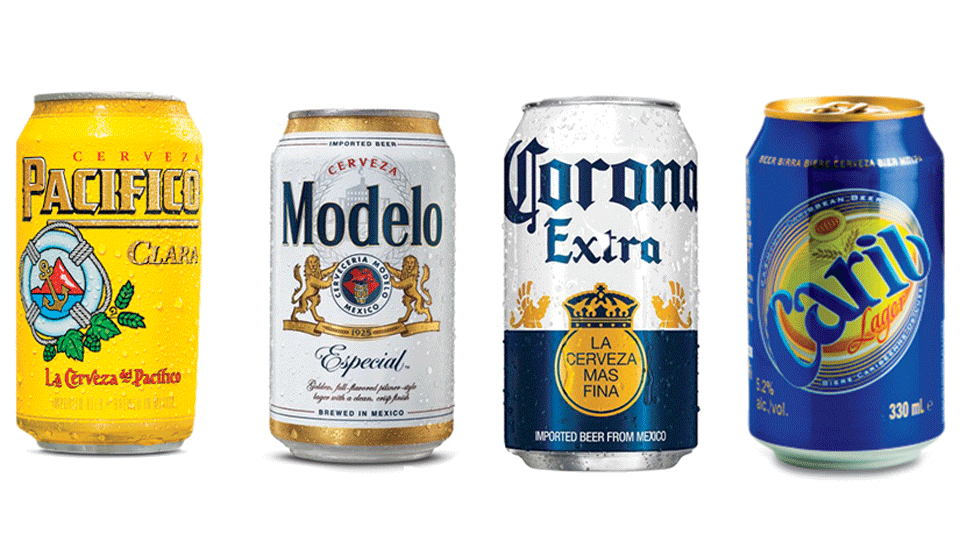
See photo above for some non-U.S. beers that’ll do the trick. Fellow professionals tell me these imports make the All-American team for easy on-course drinking.
Pacifico
A bit more pop for the taste buds. Translated it means “Adult pacifier.”
Modelo
Growing in popularity. Translated it means “Model O.”
Carib
From St. Kitts. If you can find it, pack it! Best all-day beer on earth.
Corona
A long-time champ. Translated it means “lime receptacle.”


